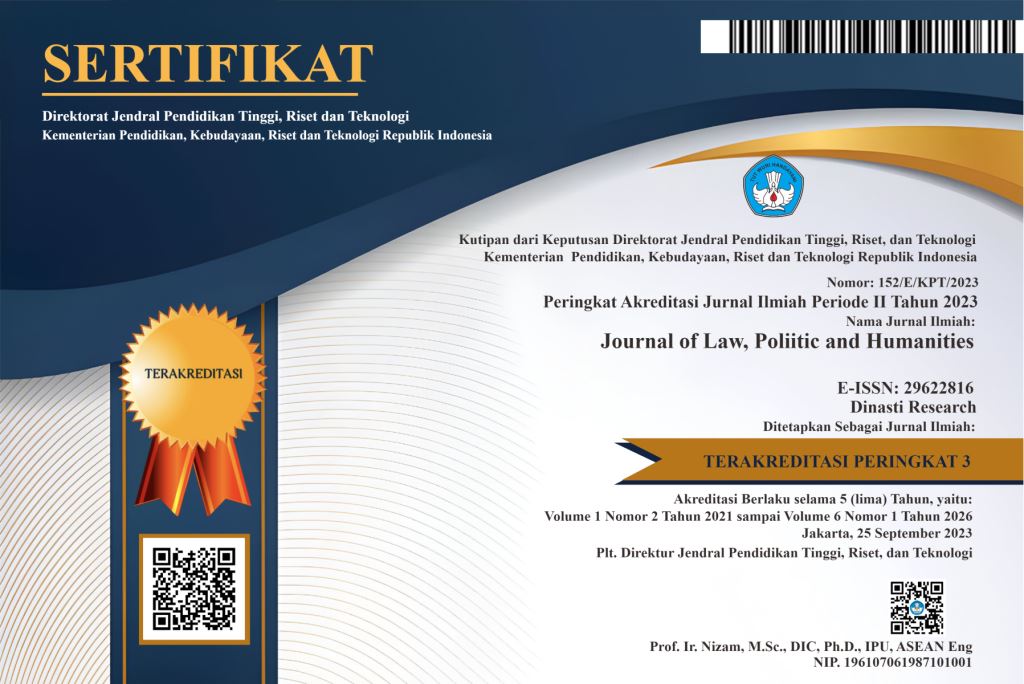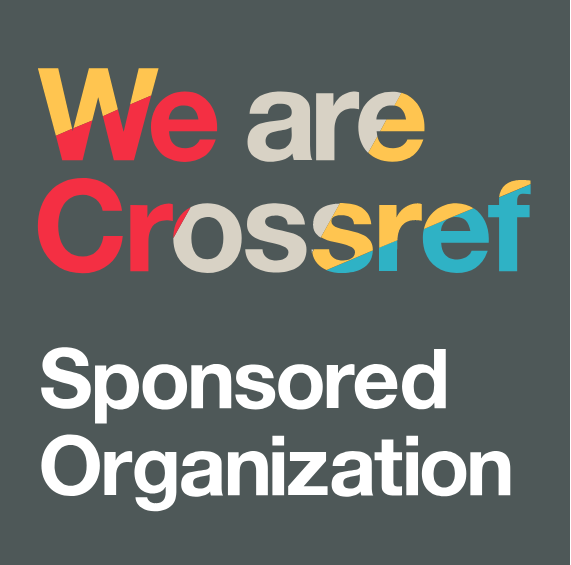Legal Norms and Child Welfare: A Review of Child Health Policy in the Era of Globalization
DOI:
https://doi.org/10.38035/jlph.v5i5.1948Keywords:
Legal Norms, Child Health Policy, Legal Protection of Children, Effectiveness of Law EnforcementAbstract
In the era of globalization, child welfare has become a major focus of national and international policies. Legal norms play an important role in ensuring children's basic rights, especially in the health sector. This article analyzes the role of legal norms in child health policy and its impact. The method used by the researcher is a descriptive-analytical literature review, which explores various regulations and policies in various countries. Increasingly complex child health challenges due to social and economic changes demand more responsive and human rights-based policies. Child protection in law is described in Welfare Theory, Human Rights Theory and Legal Protection Theory. The successful implementation of the law is described in the Law Enforcement Effectiveness Theory. In Indonesia, the gap between regulation and implementation of child health policies, accessibility of health services, community education, and social economic support are crucial aspects. There is a need for synergy from government, organizations and communities to create a more inclusive and sustainable child health policy.
References
Anderson, R., Smith, J., & Patel, K. (2020). Globalization and child health policies. International Journal of Public Health, 65(4), 455-468. https://doi.org/xxxx
Brown, L., & Lee, M. (2021). Public health policies for children in the digital age: A comparative analysis. Global Health Review, 29(2), 123-140
Dworkin, Ronald. (1978). Taking Rights Seriously. Massachusetts: Harvard University Press.
Johnson, P., & Patel, S. (2020). Universal health coverage and its impact on child welfare. Journal of Health Policy, 34(3), 200-218.
Morinka, Balgis. (2024). Legal Culture in the Implementation of the Law on Child Protection. Causa: Journal of Law and Citizenship, 7(11) https://doi.org/10.3783/causa.v7i11.7109
Nugroho, A. (2020). Challenges of child health policy implementation in Indonesia: A legal and social review. Journal of Public Policy, 18(1), 99-114.
Rahardjo. (2000). The Science of Law. PT Citra Aditya Bakti
Rahmawati, D. (2018). Analysis of the effectiveness of child health regulations in Indonesia: A case study in remote areas. Journal of Social Welfare, 22(2), 87-102.
Satino, Sulastri, Yuli. (2020). Legal Protection of Children Who Commit Crimes Through Diversion Based on the Juvenile Criminal Justice System. Journal of Legal Essence, 2(1). https://doi.org/10.35586/esensihukum.v2i1.26
Sistyawan, Saraswati. (2024). The. Development Of Positivism's Legal Theory: From. Bentham To Hart. Journal of Law and Sharia Studies, 9(2). .https://doi.org/10.22373/petita.v9i2.402
Smith, T., & Jones, M. (2020). Legal frameworks and child healthcare: A global perspective. Cambridge University Press.
Udas, Hamdy, Karim. (2022). Implementation Study Protection of Children Against the Law. Community: Journal of Islamic Community Development. 13(2). https://doi.org/10.20414/komunitas.v13i2.5922
Yusuf, .Sam. (2023). Legal Protection of Child Labor Rights. In Namlea District, Buru Regency Based on Law Number. 35 Year 2014 "On Child Protection". 5(1). https://doi.org/10.31004/jpdk.v5i1.11841
Ministry of Health of the Republic of. Indonesia. (2022). Annual report on child health in Indonesia 2021. Jakarta: Indonesian Ministry of Health.
United Nations Children's Fund (UNICEF). (2021). The state of the world's children 2021: Ensuring a healthy future for every child. New York: UNICEF.
United Nations Development Program. (UNDP). (2022). Child health policies in the era of globalization: Challenges and responses. Geneva: UNDP.
World Health Organization. (WHO). (2021). Global report on. child health. and well-being. Geneva: WHO.
Indonesia. (2009). Law Number 36. of 2009 concerning Health. State Gazette of the Republic of Indonesia Year 2009, No. 144.
Indonesia. (2014). Law Number 35. of 2014 concerning Child Protection. State Gazette of the Republic of Indonesia Year 2014, No. 297.
Indonesia. (2021). Presidential Regulation. Number 72 of 2021 concerning the Acceleration of Stunting Reduction, as well as the Posyandu program, BPJS Health, and nutrition assistance programs for children from underprivileged families.
United Nations. (1989). Convention on the Rights of the Child. Wang, et al. (2017, December 1). Understanding the concept. of safety in acupuncture international standardization: a context-based interpretation. World. Journal of Acupuncture - Moxibustion, 27(4), 27-34. https://doi.org/10.1016/s1003-5257(18)30008-4.
Downloads
Published
How to Cite
Issue
Section
License
Copyright (c) 2025 Leonathan Setiawan, Maria Oce Yea, Yuyut Prayuti

This work is licensed under a Creative Commons Attribution 4.0 International License.
Authors who publish their manuscripts in this journal agree to the following conditions:
- The copyright on each article belongs to the author(s).
- The author acknowledges that the Journal of Law, Poliitic and Humanities (JLPH) has the right to be the first to publish with a Creative Commons Attribution 4.0 International license (Attribution 4.0 International (CC BY 4.0).
- Authors can submit articles separately, arrange for the non-exclusive distribution of manuscripts that have been published in this journal into other versions (e.g., sent to the author's institutional repository, publication into books, etc.), by acknowledging that the manuscript has been published for the first time in the Journal of Law, Poliitic and Humanities (JLPH).


























